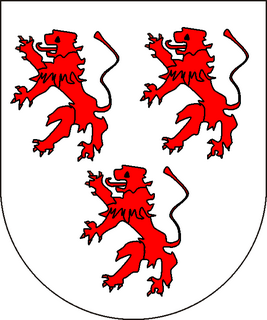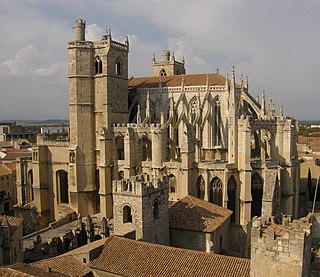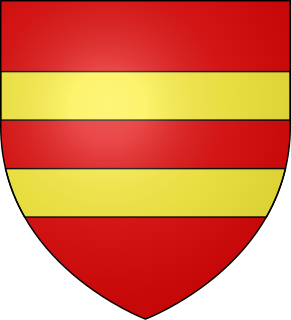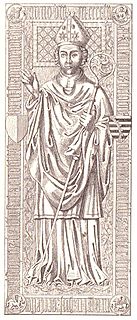This article relies largely or entirely on a single source .(December 2018) |
Jean de Harcourt (died 13 June 1452) was a French priest and bishop.
His parents were Jacques d'Harcourt, seigneur de Montgomery, and Jeanne d'Enghien. He was canon of Laon, then bishop of Amiens from 1418 and finally bishop of Tournai from 1433. His nomination to Tournai displeased Philip the Good, who held back the bishopric's revenues. The Pope gave in and instead made him bishop of Narbonne in 1436, although he did not accept that bishopric, feeling he was being forced to do so by the king of France. The inhabitants of Tournai were so supportive of de Harcourt that they tore apart the count of Estampes in the episcopal chair - he had been sent by the duke to take possession of the see.

Laon is the capital city of the Aisne department in Hauts-de-France, northern France. As of 2012 its population is 25,317.
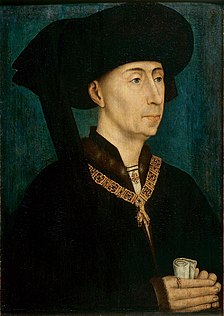
Philip the Good was Duke of Burgundy as Philip III from 1419 until his death. He was a member of a cadet line of the Valois dynasty, to which all the 15th-century kings of France belonged. During his reign, Burgundy reached the apex of its prosperity and prestige and became a leading center of the arts. Philip is known in history for his administrative reforms, his patronage of Flemish artists such as Jan van Eyck and Franco-Flemish composers such as Gilles Binchois, and the capture of Joan of Arc. In political affairs, he alternated between alliances with the English and the French in an attempt to improve his dynasty's position. As ruler of Flanders, Brabant, Limburg, Artois, Hainaut, Holland, Zeeland, Friesland and Namur, he played an important role in the history of the Low Countries.
The king of France and the duke were finally reconciled by the Treaty of Arras (1435) and in 1437 de Harcourt abandoned Tournai in favour of Narbonne. Pope Nicholas V also made him patriarch of Antioch and in 1451-1452 he also became bishop of Orléans. [1]

Pope Nicholas V, born Tommaso Parentucelli, was Pope from 6 March 1447 until his death. Pope Eugene made him a cardinal in 1446 after successful trips to Italy and Germany, and when Eugene died the next year Parentucelli was elected in his place. He took his name Nicholas in memory of his obligations to Niccolò Albergati.
Patriarch of Antioch is a traditional title held by the Bishop of Antioch As the traditional "overseer" of the first gentile Christian community, the position has been of prime importance in the church from its earliest period. This diocese is one of the few for which the names of its bishops from the apostolic beginnings have been preserved. Today five churches use the title of Patriarch of Antioch: the Syriac Orthodox Church, the Greek Orthodox Church of Antioch, the Syriac Catholic Church, the Melkite Greek Catholic Church, and the Maronite Church. Historically, there has also been a Latin Patriarch of Antioch.


